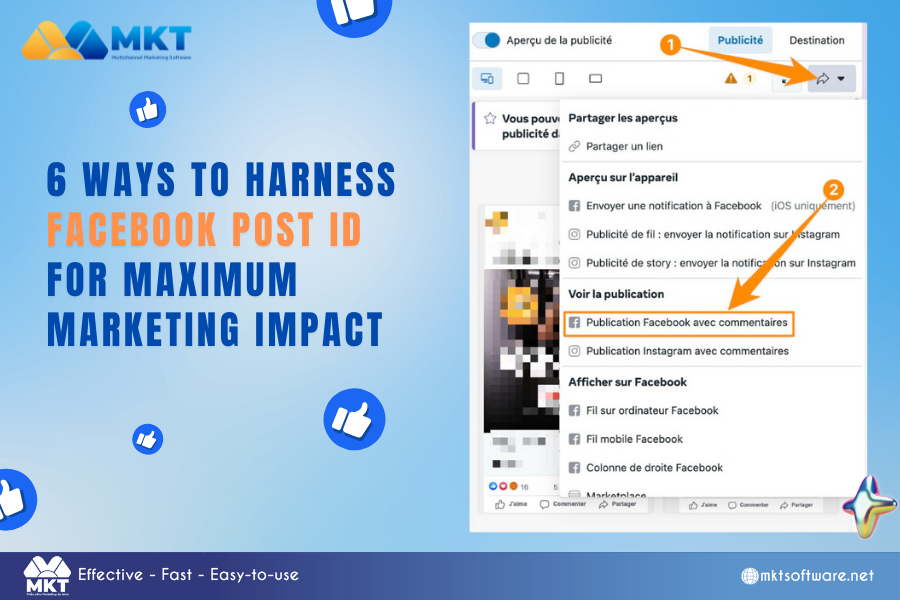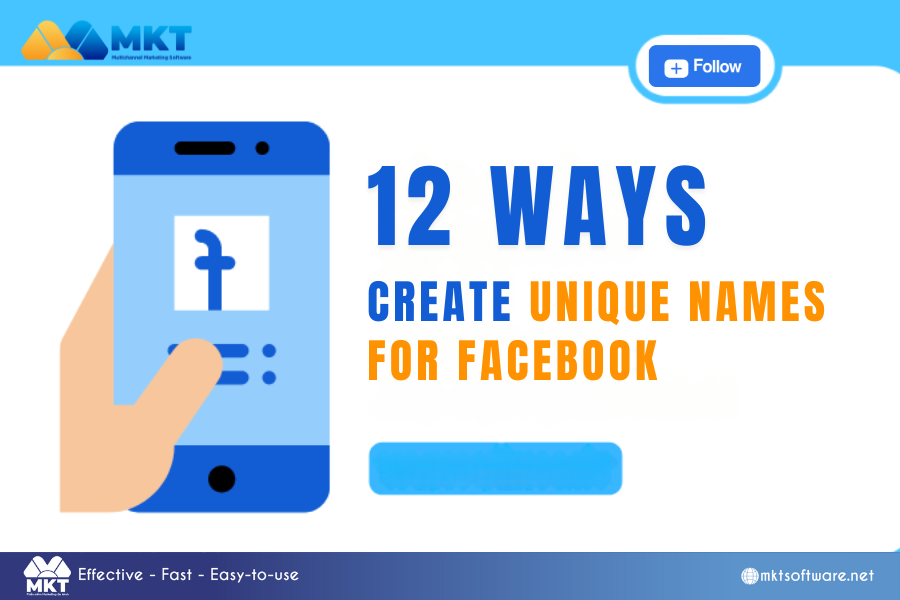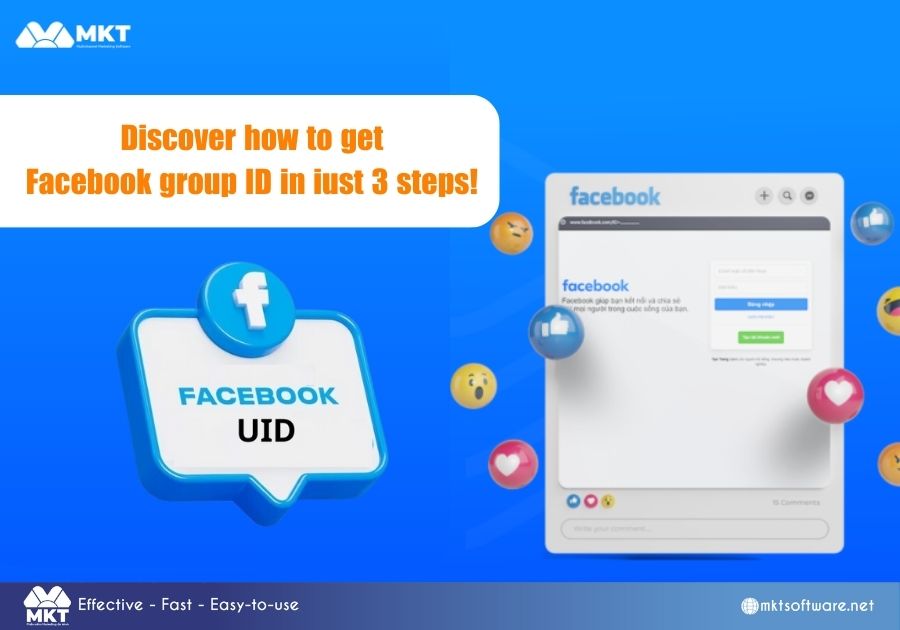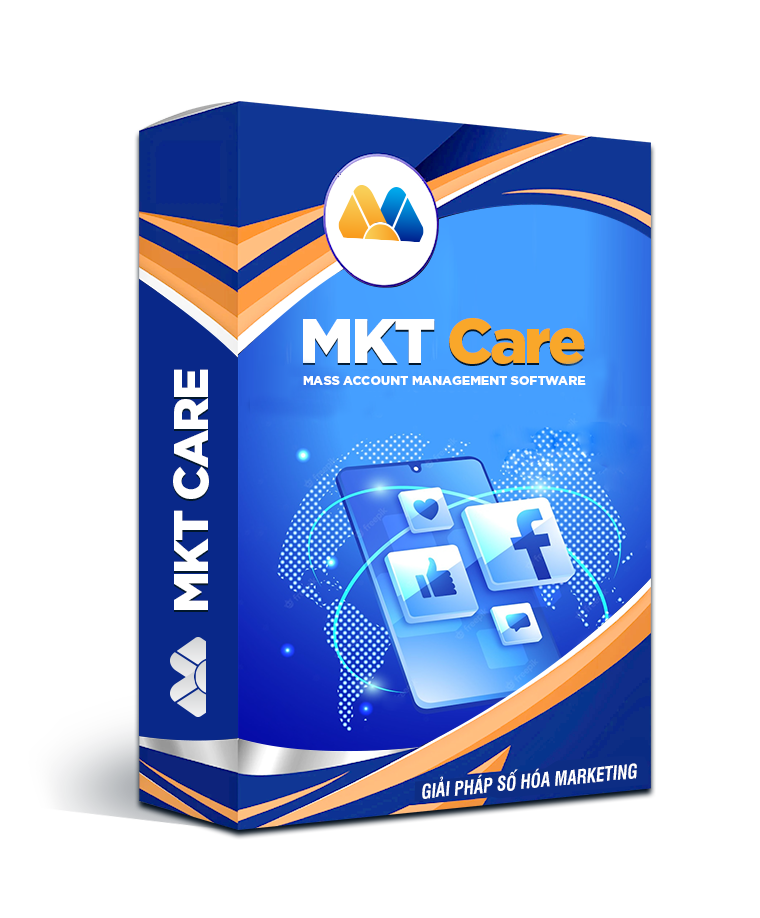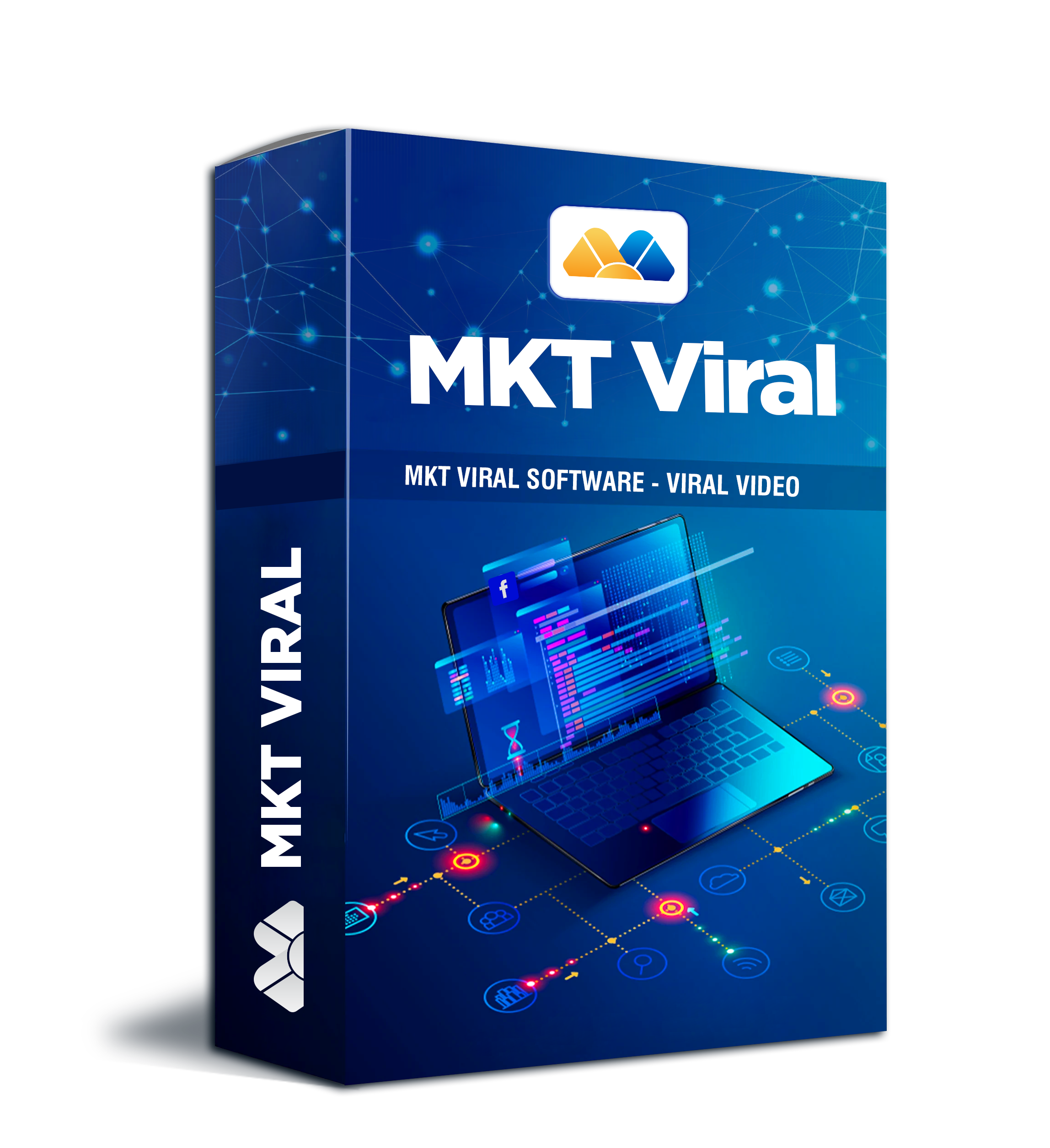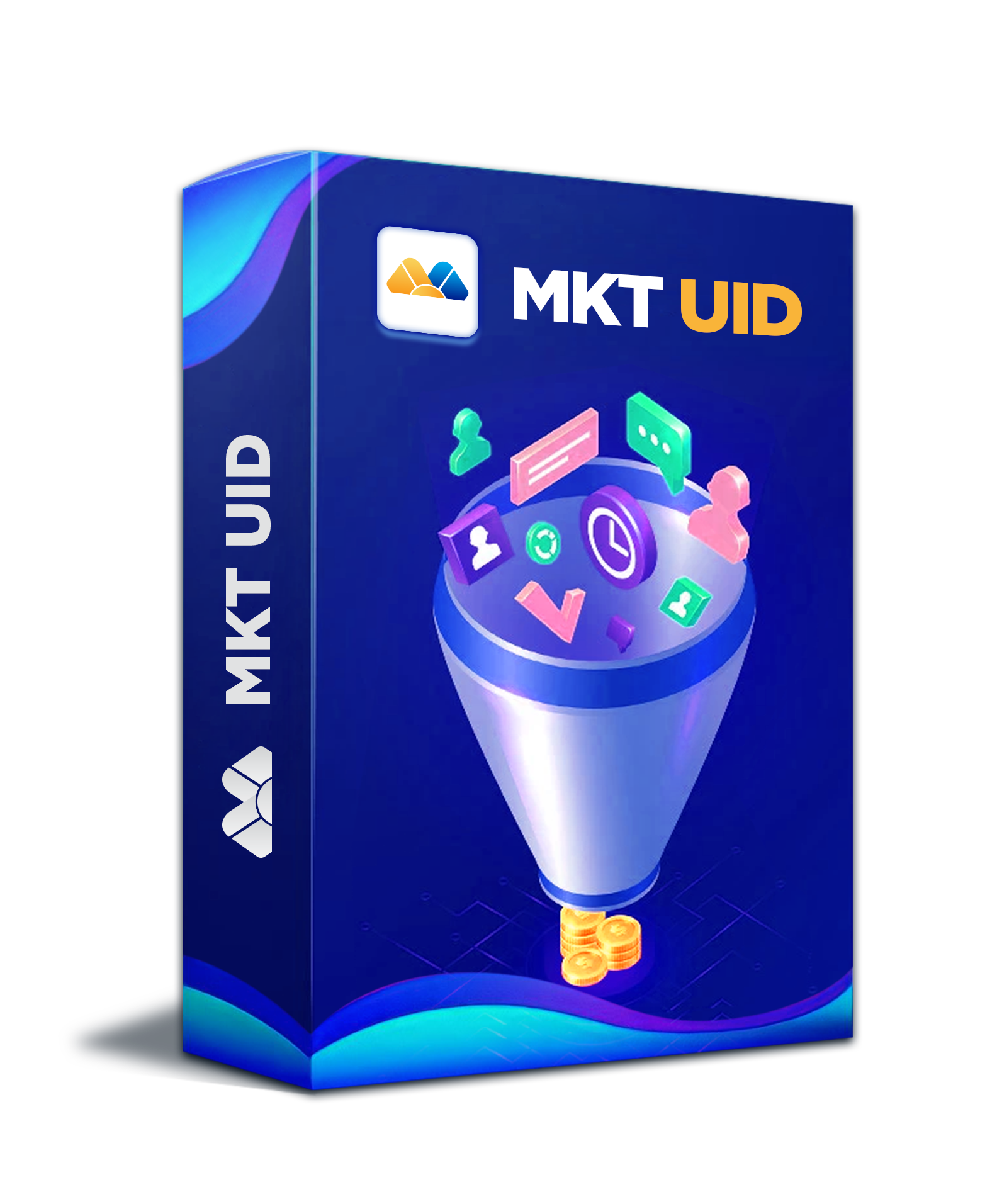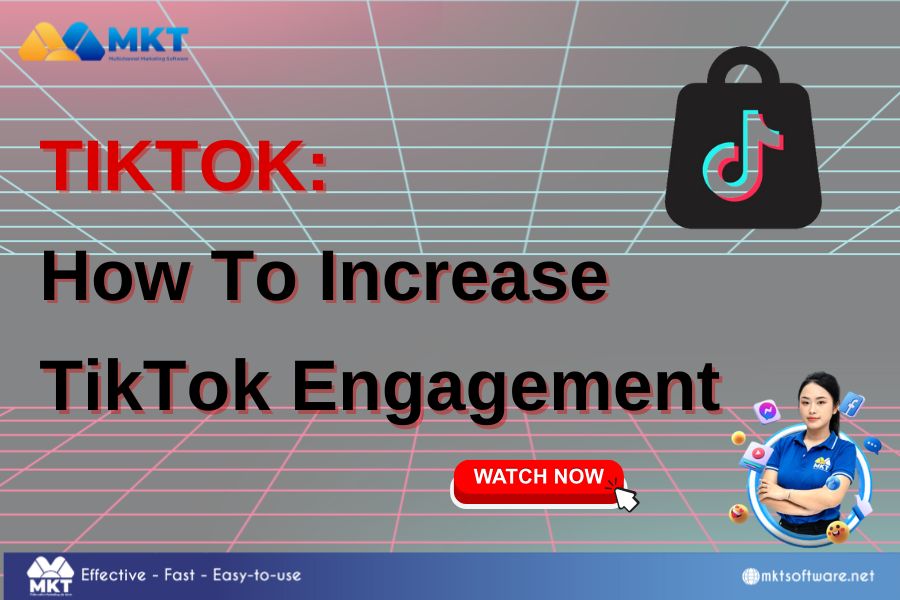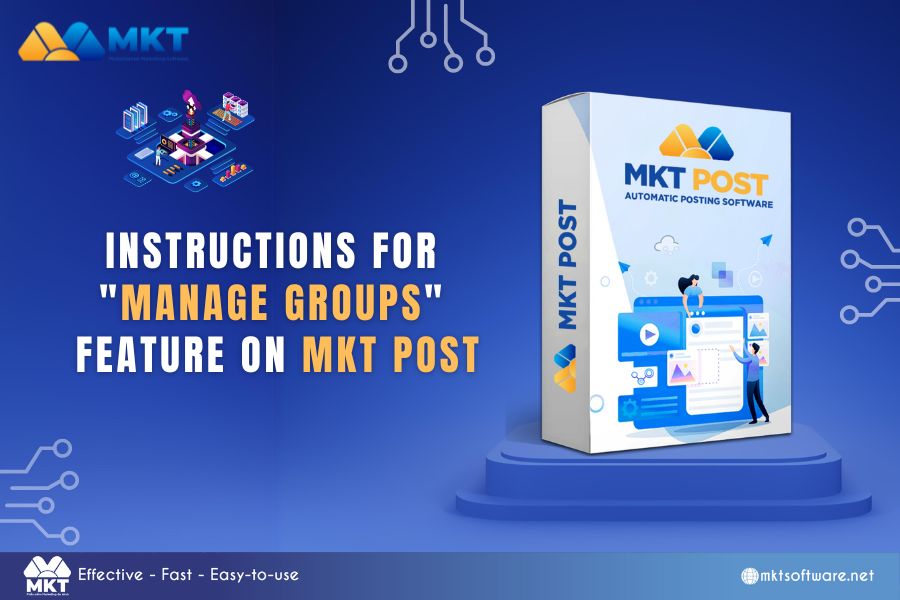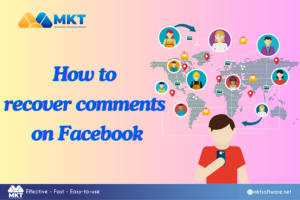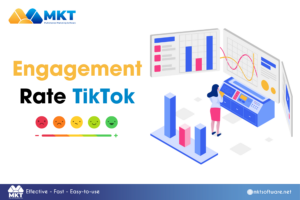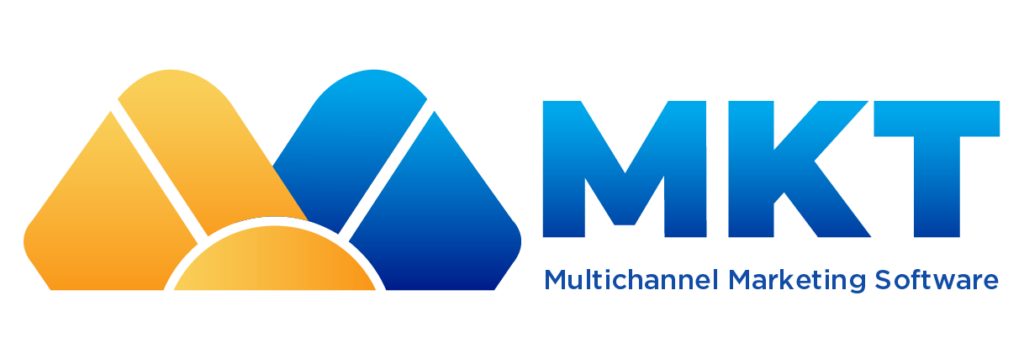Have you ever felt like you’re shooting arrows in the dark when marketing your product? In today’s competitive business world, accurately identifying your target market and target audience is the key to success. Let’s explore simple yet effective secrets to “capture” potential customers and turn them into loyal supporters of your brand, compiled by MKT Software.
Table of Contents
Toggle
I. Concepts of target market and target audience
In this article, the author will introduce two terms that we are often familiar with: target market and target audience. These terms are commonly heard in the marketing industry. While they may seem similar on the surface, they are actually quite different.
These similarities can confuse some marketers and may lead to targeting groups that are not suitable for the brand or marketing errors. So, to start correctly, let’s clarify these two concepts right below:
1. What is a target market?
Target market or target market group (abbreviated as TM) is the majority of consumer groups or industry forms that the market wants to participate in for marketing activities. These are expected to be the people who will benefit from the brand’s products, aiming to meet the needs of this group and turn them into customers.
It’s a group of consumers with similar needs, tastes, and preferences for buying and using products or services. The target market is identified by segmenting the market using similar consumer characteristics, such as young men and women, people with families, groups of people who like to read horoscopes, etc.
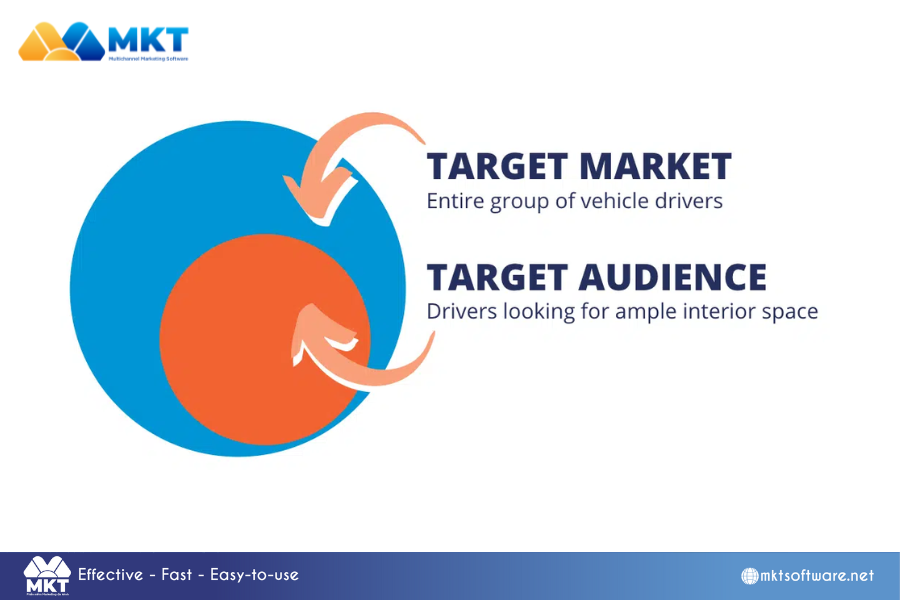
Or if it follows an industry model, it will follow that industry, such as the clothing market, beverage market, food market, etc. It will be defined in a general way, on a long plane, without going into details. The simple picture is an overview of the target market that we want to penetrate.
2. What is a target audience?
Target audience or target customer group (abbreviated as TA) is a subgroup within the TM that is more specific and detailed about the target group, such as young men and women who like fortune-telling, under 25 years old, etc.
The target audience will have demographic characteristics (Demographics) that are similar in many aspects, such as Age, Gender, Location, Education, Economic and Social Status.
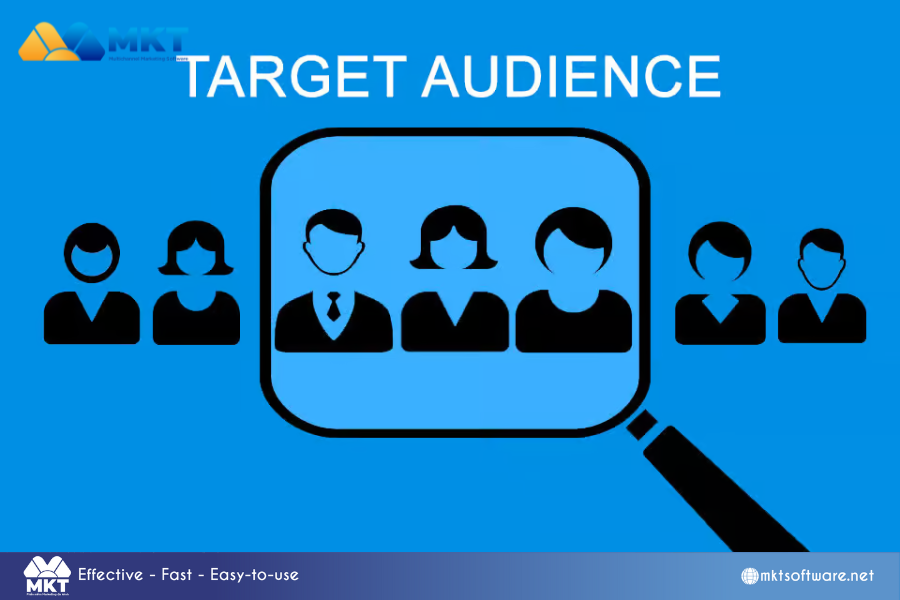
II. The difference between target market and target audience
We can see that the target market is the overall marketing target group. This is different from the target audience which focuses on individuals. More specifically, regarding the differences, they can be briefly summarized as follows:
- Size of the group & size of the target group: TM is larger than TA and TA is more specific.
- Likelihood of making a sale opportunity and styles of selling or marketing: Different marketing styles will lead to different sales and marketing opportunities.
- Alternative uses & different uses: Adaptable to all circles, flexible according to the context of that circle.
For example, if you sell books for children aged 4 to 6, children aged 4 to 6 are your target market. However, your target audience for marketing campaigns might be the parents and grandparents of these children, as they are the ones who will actually make the purchase.
The target market is the end consumer (children) and the target audience is the people you need to reach through your marketing efforts (adults buying books).
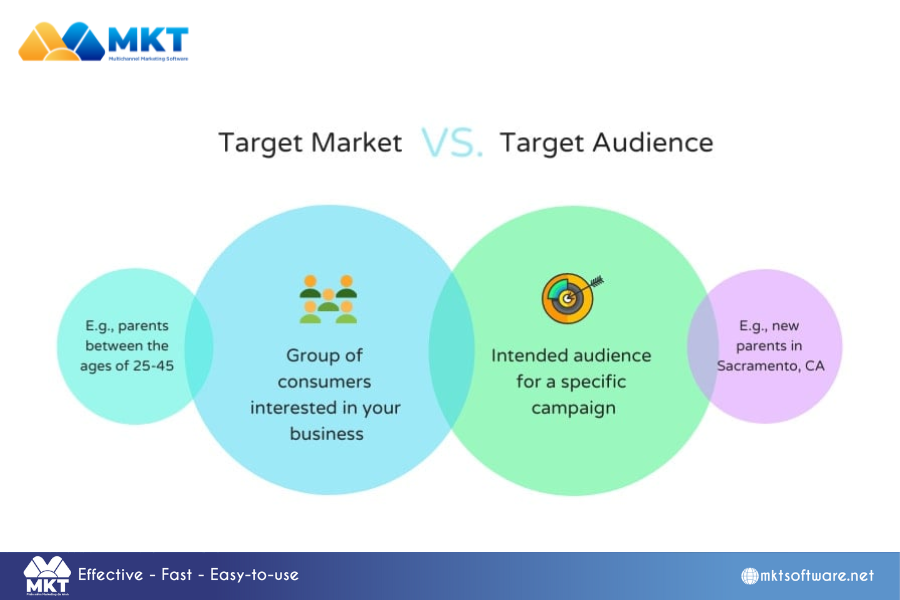
III. How to identify a target market
After understanding clearly about the concepts of the target market and target audience, this article will provide you with the following steps to take when identifying your target market.
1. Analyze your products and services
The first step is to look at what you can offer.
What problems do your products or services solve? What types of people need these solutions?
Once you know the type of people who will be interested in what you offer, you can move on to the next step.
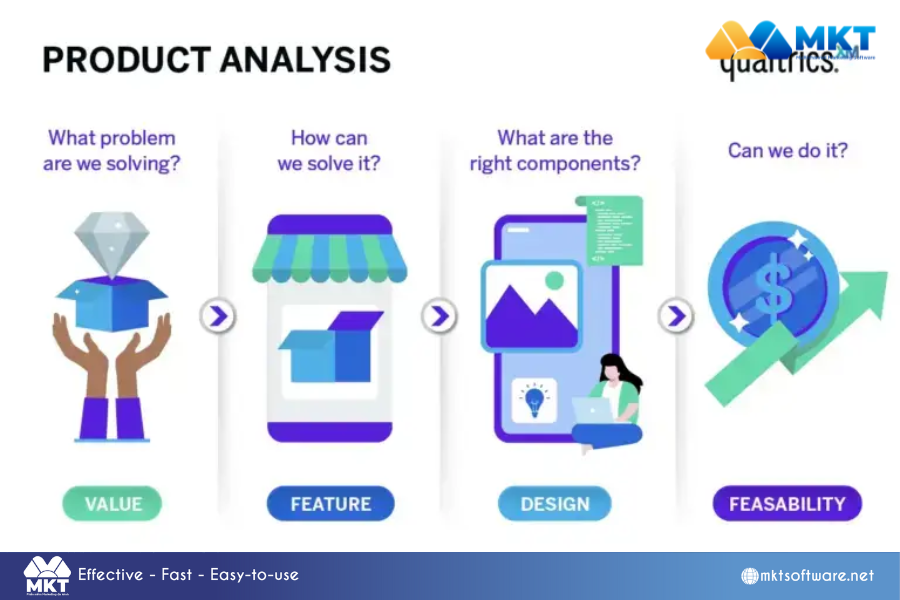
2. Conduct market research
The next step is to complete some market research and learn more about the people you think will be interested in your brand.
You can use market analysis tools to understand the digital context and narrow down your market.
3. See what your competitors are doing
Your competitors can be a rich source of information.
Look at your top competitors and see who they are marketing to and what their market is. You can use that information to determine if your market is similar or try to find a gap in the market that you can focus on.
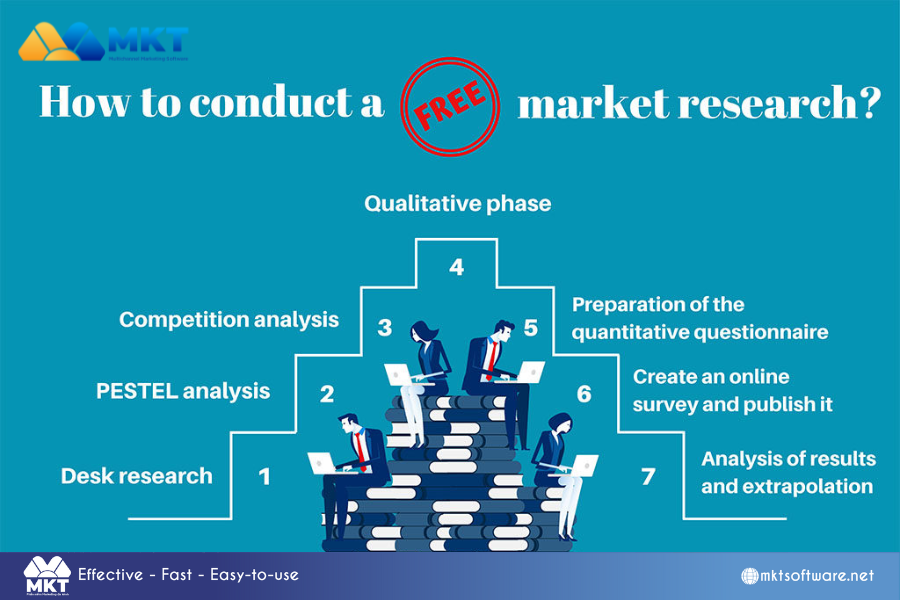
4. Create a target market profile
Once you’ve decided who your target market is, you need to document that information so everyone in the company knows.
Although the target market is often used in marketing, this information can also be used by sales and customer service departments in their strategies.
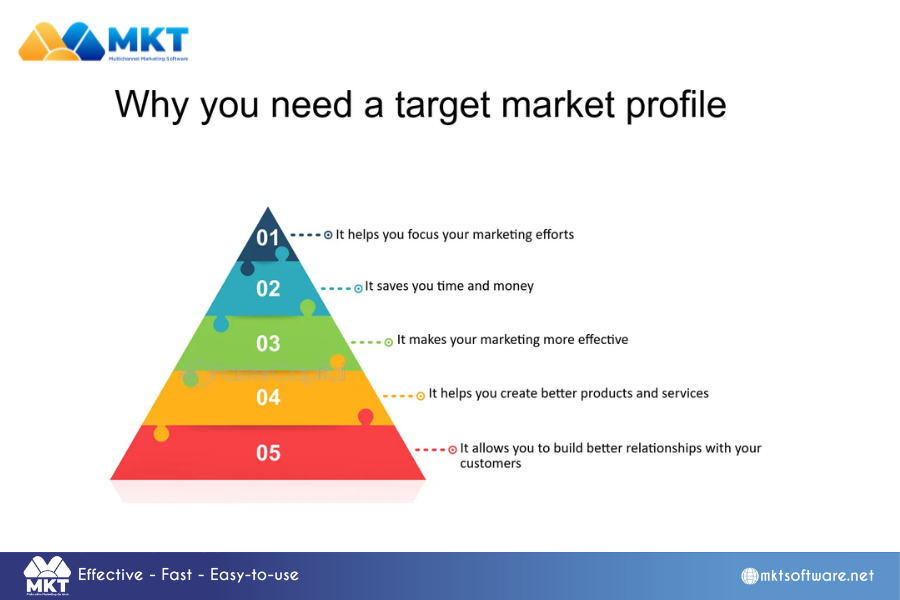
IV. How to identify target audience
Identifying your target audience will be different from identifying your target market.
While the target market is a large group that plays an essential role in all of your business decisions, the target audience is not as crucial to your brand development.
You may have multiple target audiences for different campaigns and can create them using the following steps.
1. Check your customer base
Instead of starting from scratch, you can look at the target market when creating a target audience.
Check your current customer base and consider whether that market can be divided into different segments based on demographic characteristics or behavior.
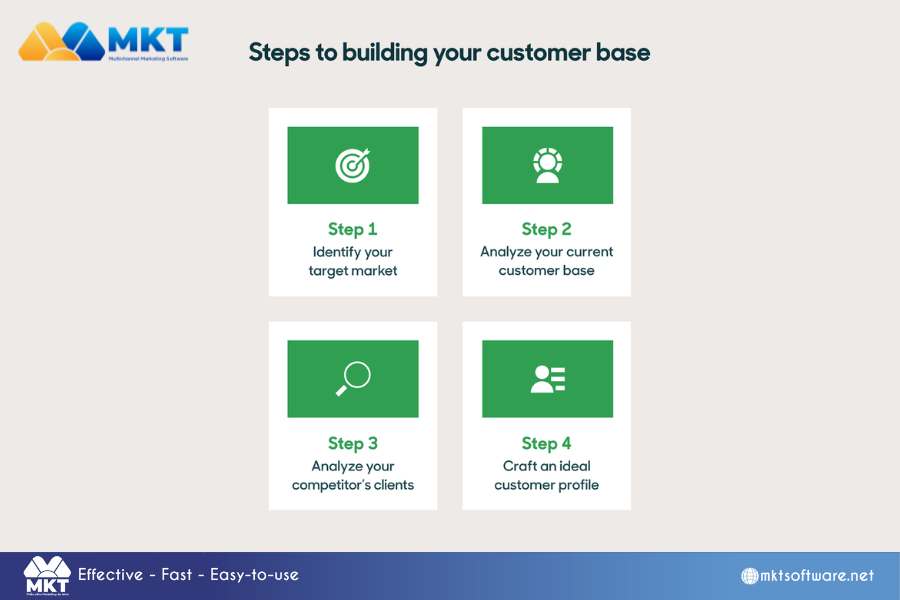
2. Find out who your audience isn’t
You want to know who your audience is and which audience you don’t want to target in a specific campaign or advertising strategy.
That can help you create better filters for your strategies. You should avoid sending messages to market segments that don’t respond.

3. Research industry trends
Knowing more about your industry and upcoming trends can help you figure out which audience will be most interested in your brand message. Who is more likely to interact with the service or advertisement you’re promoting.
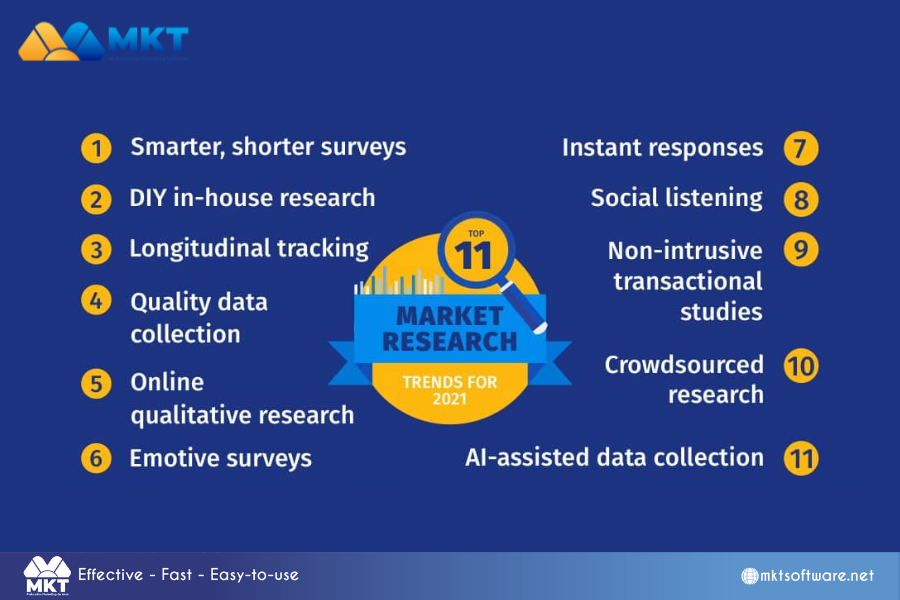
4. Create buyer personas
A target customer is a fictional representation of a real customer and can be used to help document and segment target audiences within your target market.
Then, everyone in your organization can refer to the buyer persona in your marketing and advertising strategies.
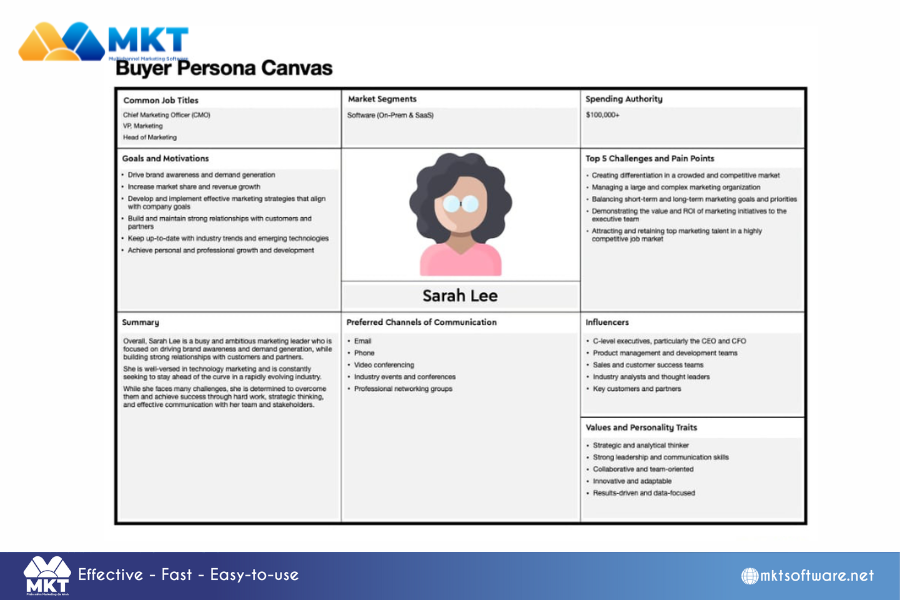
5. Use automated tools to find target customers
Today’s market has seen the emergence of many solutions that support quick and automated target customer search. One of the most notable target customer search tools that many business owners trust and use is MKT UID software, which is being developed and operated by MKT Software.
MKT UID can help business owners find and identify target audiences with specific features such as:
- Automatic scanning of UID interacting with fanpages
- Scan all users interacting with community pages or brand pages.
- Scanning UID of profiles’ friends.
- Scanning group members, interaction volume, posts within groups
- Search group names, or group member counts, group status by keyword.
- Search for page IDs based on keywords and provide detailed information such as page name, number of followers, and number of likes.
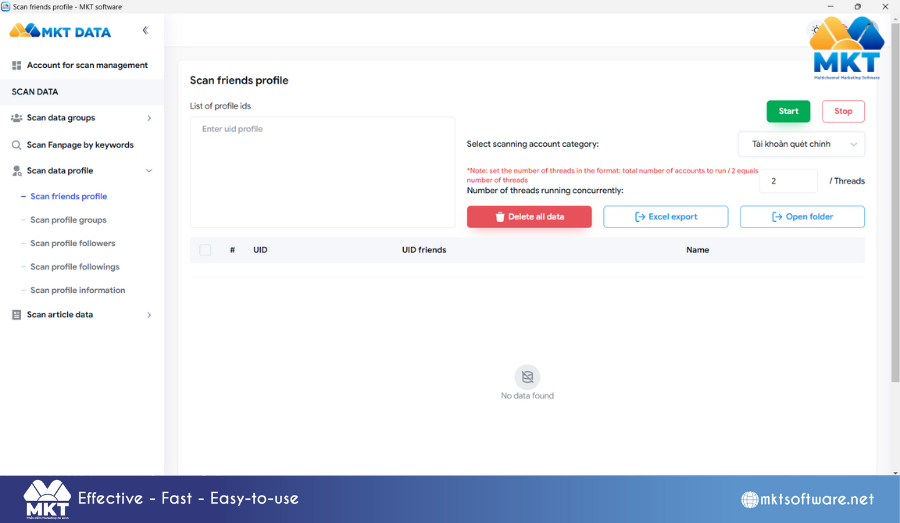
V. Why businesses need to identify the target market and target audience
In an era of information overload and diverse consumer preferences, identifying the right target market and audience has become crucial for business success. This targeted approach not only optimizes resource allocation but also significantly enhances marketing effectiveness and customer engagement. The following statistics highlight the compelling reasons why businesses should prioritize identifying and understanding their specific target market and audience:
- Businesses can save up to 50% on marketing costs by focusing on the right target audience (source: Entrepreneur).
- Targeted advertising campaigns have a 77% higher ROI compared to non-targeted advertising (source: MarketingProfs).
- Websites with personalized content have a 70% higher conversion rate than non-personalized websites (source: Aberdeen Group).
- 44% of customers are likely to become repeat buyers after a personalized experience (source: Segment).
- Personalized email marketing campaigns have a 29% higher open rate and a 41% higher click-through rate compared to non-personalized campaigns (source: Experian).
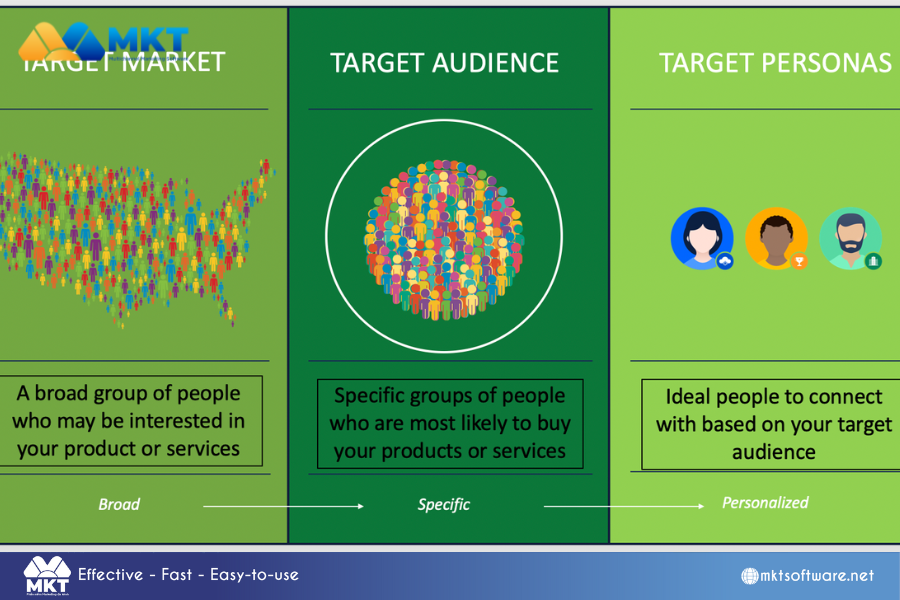
VI. Conclusion
These are the effective secrets that promise to help business owners identify their target market and target audience. We hope that organizations and businesses can now choose methods to identify their target market and target audience that are appropriate to their characteristics, objectives, and resources.













